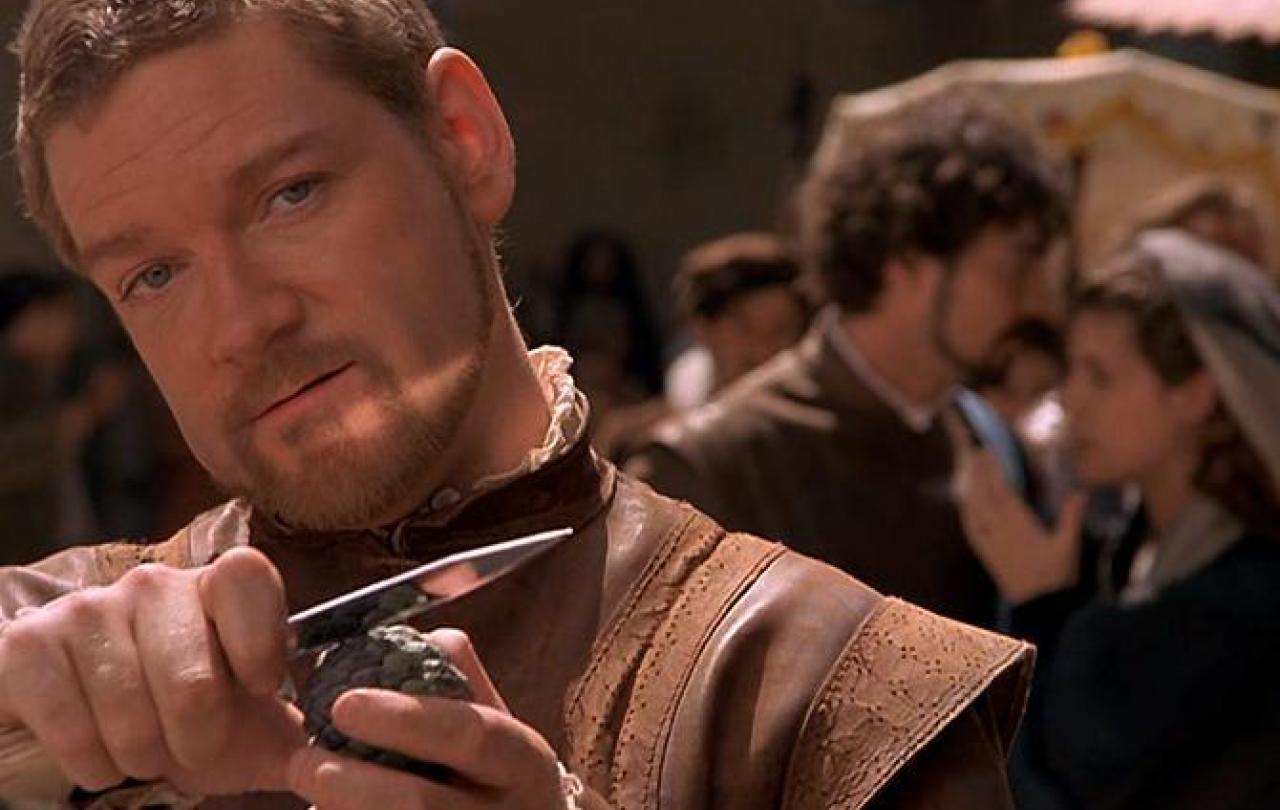Is everyone a narcissist these days? It sometimes feels so. Google Trends data shows an eleven-fold increase in searches for “narcissism” between 2010 and 2023, and the term has become a social media buzzword. Online quizzes asking, “Am I a narcissist?” are everywhere, offering dubious self-diagnosis at the click of a button. Genuine Narcissistic Personality Disorder, however, is complex and painful – especially for those in close relationships with someone who cannot acknowledge the harm that they are able to cause or feel any sense of remorse. Narcissus, in Greek mythology, was a handsome young man who was cursed to fall in love with his own reflection, but it was not until the early 20th century that the term “narcissism” was then picked up by the emerging field of psychoanalysis. Initially, Sigmund Freud adopted it in a non-pejorative way to describe the stage in child development when an infant is aware only of their own need for love and attention. Eventually, as that infant grows into a child it begins to experiment with showing others love and attention, and if surrounded by the right relationships, the child learns that love can be reciprocal – a back-and-forth pattern of give and take. Freud wrote:
“Loving, then, contributes to the lowering of self‑regard. Having one’s love returned, however, restores one’s self‑regard and replenishes one’s narcissism.”
In its healthiest form, narcissism reflects a positive sense of self – a recognition of one’s own needs and a reasonable desire for them to be met, whilst also knowing that we must give of ourselves, again within reason, to meet the needs of others. In this sense, yes, we are all a little bit of a narcissist. It is only occasionally, most commonly when the early bond between a child and their caregivers is inconsistent or unstable, that this self-focus can become problematically distorted, sometimes leading to a personality disorder. For such a person, a constant hunger for attention and affirmation, often combined with a lack of empathy or a tendency to use empathy as a means to manipulate others, leads to a life of take-take-take; one which can cause significant harm to others and ultimately to themselves.
Estimates for Narcissistic Personality Disorder are that it affects about one to two per cent of the population, a number which is intriguingly high. The unfortunate news is that true Narcissistic Personality Disorder is notoriously difficult to treat, precisely because key tenets of the condition include a lack of self-awareness and an overinflated sense of self belief. The classic response of the one with Narcissistic Personality Disorder is, of course, “How dare my therapist say that I am a narcissist? They must be the problem!”
However, much more prevalent are what might be called “sub-clinical narcissists” – people who act selfishly, arrogantly, or manipulatively, influencing others to conform to their desires. We all know one or more of those – sometimes we meet one when we look in the mirror. Whilst this may make us feel pretty rotten, whether we are the giver or the receiver of such treatment, it does not always warrant a clinical intervention. Even so, it can still be extremely difficult to process how and why human narcissistic tendencies are able to cause others so much pain. If, as Freud proposes, a certain degree of narcissism is hardwired into human nature, what can we do about its tendency to evil?
In Shakespeare’s tragedy Othello, the character of Iago is a master manipulator who displays all the cold-hearted indifference of a true narcissist. Early in Act 1 he expresses his indignation that he has been passed over for promotion. Firmly convinced of his own superiority, he slyly boasts that he will play a false self to Othello, feigning loyalty for his own ends and stating: “I am not what I am.”
These words are a clever and rather chilling inversion of a famous phrase from the Bible. In the story of the Exodus, God meets with Moses in the form of a burning bush, and when Moses asks for the name of God a voice replies: “I am what I am.” As Moses stands before God, barefoot and awestruck, he hears that enigmatic statement and is forced to confront the question of who he truly is – an ashamed murderer, a fugitive, a short-tempered man of slow speech but hasty acts. Moses acknowledges all these awkward truths about himself and declares himself wholly unfit to be called by God as a leader. Yet God uses Moses anyway, and at the end of his life, Moses dies a celebrated hero – a deliverer who is mourned by all his people.
Not so Iago. As the tale of Othello draws to its tragic close, Iago is wounded, arrested and escorted from the stage. The audience knows that he has been condemned to execution, but unlike pretty much every other character in that fateful final scene, Iago’s death does not take place onstage. He is simply removed, dismissed from everybody’s notice – a narcissist’s worst nightmare.
One can see the crucial difference between Moses and Iago – whilst Moses is concerned that his own flawed nature makes him unfit to be become a great leader, Iago is driven to grasp at leadership by a belief in his own grandiosity and acts vengefully when passed over. Right to the end, Iago expresses not one word of self-doubt or regret for his actions. Indeed, he refuses to account for himself at all. “Demand me nothing,” he says at the close; “What you know, you know.”
Seemingly, the problem of narcissism’s tendency towards evil lies not in actions, but in methods of self-evaluation. While we all make regrettable mistakes, and sometimes it can be hard to judge the difference between unreasonable selfishness and reasonable self-preservation, the true narcissist is afraid to explain themselves, unwilling to bear the judgement of outside scrutiny. The narcissist will look only in the mirror.
But whereas a mirror only reflects light, a burning bush produces it. In the end, the resources of the Christian tradition do not simply diagnose our narcissism, they offer us a way through it. They offer an outside perspective from which we can truly evaluate our own actions – a light that shines through the mirror.
If you have ever clicked the link for the online quiz, or been tempted to, then that is an encouraging sign of willingness to be open to outside scrutiny. But of all things, would we really want to trust only human voices, especially the unknown and unknowable voices of the internet, as an authoritative arbiter? If narcissism is so inherent to human nature, it logically takes something higher and brighter than our fellow human beings to really bring it into the light. But in any case, you can save yourself the time of completing that dubious online diagnostic quiz since the whole enterprise can be summed up in just one question:
Have you ever wondered if you have Narcissistic Personality Disorder? If the answer is yes, you probably do not. So demand yourself nothing, what you know you know.






